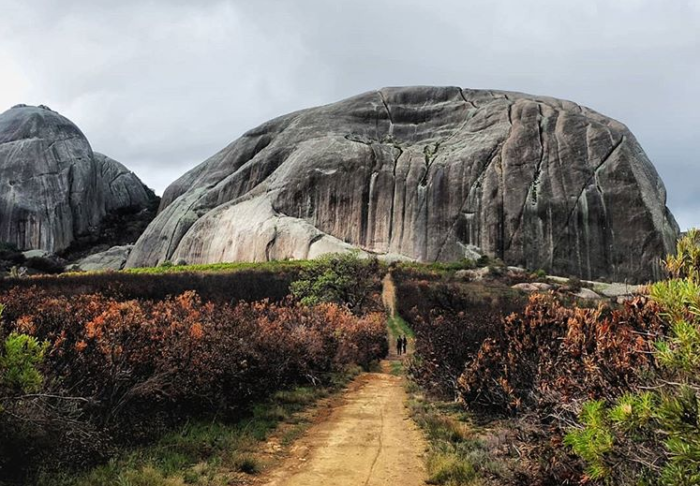Paarl, once a district of Stellenbosch, became its own division in 1839 with its economy based on the production of wine and the yield of grain. The area was first colonised in 1687 and was originally known as Drakenstein. It was only when a village was established at the foot of Paarl Rock in 1690 that it was given its name that we know today: Paarl.
Paarl is one of South Africa’s oldest towns and is well-known for its mountain or identifying landmark, Paarl Rock.
“Paarl” means “pearl” in Dutch. The area was given this name due to the large granite rocks perched at the top of the hills that often gleamed like pearls after a good rain shower.
It was the glistening Paarl Rock that influenced the name of its home and was the birthplace of its very first village.
In 1865, the small town had a population of 4 929. By 1904 the population had grown to 11 293, of which 5 971 were literate.
The massive granite rock is formed by three rounded formations alongside it that make up the Paarl Mountain. It is the second largest granite outcrop known to man.
The Taal Monument is a unique attraction that marks the formation of the Afrikaans language, and can be found close to the famous earthly structure.
The unusual formation sits atop the mountainside and looks over the vineyards and historic buildings of yesteryear as though it were a guardian of sorts. It has helped chisel the small town into history books and won many a heart with its splendid views since. It is truly a landmark that is hard to forget.
Picture: @ashrafvahed

